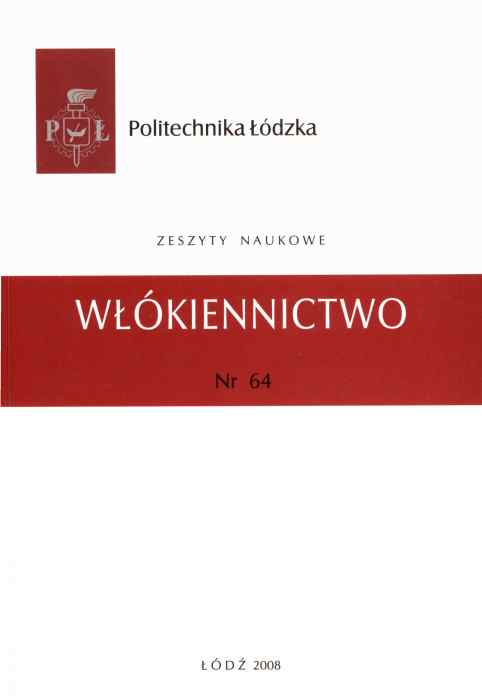Abstract
A corona discharge is an electrical discharge observed in gases which occurs on the surface of charged conductors.
In the induced electrical field, charge carriers (free electrons and positive or negative ions) present in the air surrounding the surface of optic plate and the object collide with other charge carriers interacting with one another. An electrical impulse transmitted to the plate after placing an object on it stimulates the response of the object by the movement of charge carriers. Free electron reassociation is followed by a visible glow. This phenomenon is recorded around the fingertip.
The preliminary experiments present researches on the influence of cardiovascular disease of human on CDP of their fingertips. One of the symptoms that accompanies patients suffering from cardiovascular diseases is an excessive perspiration. The factors affecting the CDP are potassium concentration, urea and sodium concentration in patient' s blood. Those substances are removed from the organism also with sweat. Their excess or deficit has a significant impact on a character of corona discharge around fingertip of human.
Analogous assumptions were accepted to design a first part of the experiment. Its main goal was finding out whether CDPs taken from fingertips of volunteers change while human beings stay in a short period of contact with textiles, other than those they wore in the moment of investigation.
There are statistically significant differences between parameters of CDPs taken from fingertips while volunteers stayed in the contact with textiles made of different raw materials such as coarse wool, acrylic, viscose and they did not have contact with other textiles they wore.
The second part is a continuation of the trend presented above. In that case an attempt was made to determine the long period influence of 2 sets of garments on changeability of CDP. The statistically significancant differences between textile sets were not detected in CDP of the volunteers. lt is closely connected with adaptation of human organism to garments.
The main aim of the third part is to find out whether the textiles, which were worn by the volunteers, have any influence on human organism subject to the physical eff ort.
lt was discovered that there are statistically significant differences between the values of respiratory coefficient registered during effort in volunteer wearing garments made of coarse wool and acrylic.
References
http:! /pl. wikipedia.org/wiki/Siemion_Kirlian
Kirlian S.D., Kirlian W.Ch.: Fotografirovanie i wizualnoje nabludenie pri posredstwie took wysokiej czastoty, Żurnal naucznoj i prokładnoj fotografii i kinematografii, 6: 397-403, 1961.
Loeb L.B.: University of Califomia Press, Electrical Coronas - Their Basic Physical Mechanisms, 1965.
Opaliński J.: J. Appl. Phys., Kirlian - type images and transport of thin-film materials in high- voltage corona discharges, 50, 1979.
Mosiński F .: Politechnika Łódzka, Podstawy technik wysokich napięć, 1991.
Korczyński A.: Wydawnictwa Naukowo-Techniczne, Procesy elektrofotograficzne, 1982.
Schweizer R., Maier M., Braun C., Birbuumer N.: Somatosensory Mot.Research, Distribution of mislocalizations of tactile stimuli on the fingers of the human hand, 17(4):309-16, 2000.
Korotkov K.: State Editing & Publishing Unit Kultura, Aura and Consciousness, a new stage of Scientific understanding, 1998.
Iovine J.: TAB Books, USA, Kirlian Photography, a hands- on guide, 1994.
Korotkov K.: SPIMFO St. Petersburg, Human Energy Field Study with GOV Bioelectrography, 2002.
Flisowski Z.: Wydawnictwa Naukowo-Techniczne, Warszawa, Technika wysokich napięć, 2002.
Szymanowski W.: Wydawnictwa Naukowo-Techniczne Warszawa, Elektrofotografia, 1965.

